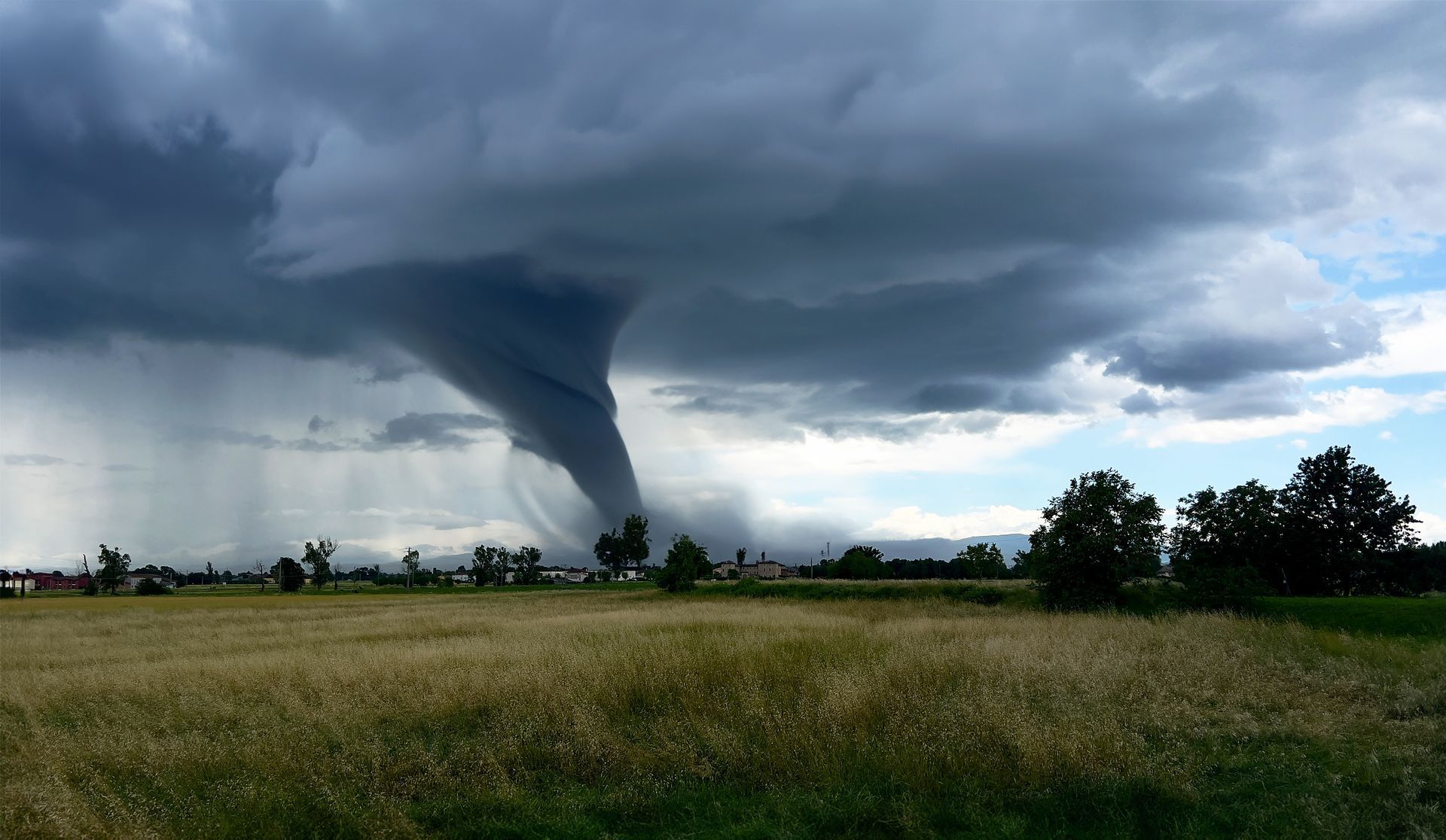Santa Fe’s skies have long held fascination and importance for its residents—from farmers planning their planting season to tourists hoping for sunny strolls down Canyon Road. But where did Santa Fe’s weather records begin, and how have the official observations changed over time?
The History of Weather Reporting in Santa Fe
May 11, 2025
By Jay Faught
1849: Fort Marcy and the U.S. Army Surgeons
The earliest known weather observations in Santa Fe date back to January 1, 1849, when U.S. Army surgeons stationed at Fort Marcy began keeping daily weather diaries. This was part of a broader national effort by the military to document meteorological conditions at remote outposts. These early records included temperature, precipitation, wind, and sky conditions—meticulously logged in pen and ink.
These observations were surprisingly consistent and offer a valuable window into mid-19th century climate conditions in northern New Mexico.
1871–1890: U.S. Signal Service Era
By the 1870s, weather observation shifted from the military to a civilian scientific approach. In 1871, the U.S. Army Signal Service (a precursor to the Weather Bureau) took over the task of weather monitoring in Santa Fe. Observations continued to be made from Fort Marcy and later from a location near the Santa Fe Plaza.
1891–1970s: U.S. Weather Bureau
In 1891, the newly created U.S. Weather Bureau (later to be known as the National Weather Service) assumed responsibility for Santa Fe’s weather data. Stations were relocated several times over the decades, often housed in federal buildings, telegraph offices, and other accessible locations in downtown Santa Fe. Many of these sites were staffed by cooperative observers—citizens who were trained and supplied by the Weather Bureau to log daily weather conditions.
During this time, Santa Fe’s weather station became part of the Cooperative Observer Program (COOP), one of the longest-running weather data collection efforts in the world. The COOP program continued through much of the 20th century, with observations taken from central locations relatively close to the Plaza.
1972–Present: Santa Fe Airport Becomes the Official Site
In April 1972, the official observation site for Santa Fe was moved to the Santa Fe Municipal Airport, located on the city’s south side at an elevation of about 6,349 feet. This site—often referred to as "SANTA FE 2" in data archives—became the new benchmark for daily weather records, including high and low temperatures, precipitation, and snowfall.
While the airport provides consistent and automated data, its location in a lower and warmer part of the city means temperatures can be significantly different from downtown Santa Fe or neighborhoods at higher elevations, such as the Plaza, Hyde Park Road, or even the foothills near Ski Santa Fe.
Impacts of Location Change on Record Keeping
Because of this shift in location and elevation, comparing weather records before and after 1972 can be tricky. The airport site tends to have cooler nights, warmer days, and less precipitation, especially snow, compared to more elevated or mountainous areas around the city. This has led some to question whether recent record highs or lows truly reflect changing climate—or simply reflect the warmer microclimate of the newer observation site. For this reason, the National Weather Service mainly uses Santa Fe weather records from 1972 onward.
Nonetheless, the official daily record highs, lows, and precipitation totals reported by the National Weather Service are based on this airport data. Historical data from earlier sites is still preserved by the National Centers for Environmental Information (NCEI) and used for long-term climate studies.
Historical Weather Data for This Site
Daily record highs and lows from the Santa Fe airport aren't readily available on the National Weather Service website. So I use the website extremeweatherwatch.com. This site references climate data all the way back to 1849 from the following observation sites.
- 1849-1971: Observation sites near the Plaza and Canyon Road
- 1971-2021: Seton Village, Santa Fe County
- 2021- Current: Santa Fe Regional Airport
In Conclusion
Santa Fe’s weather records are more than just numbers—they’re a chronicle of centuries of human observation, scientific curiosity, and adaptation to a dynamic climate. From soldiers on a dusty mesa in the 1800s to automated sensors at municipal airport today, the legacy of weather watching in Santa Fe continues—and with every sunrise and snowfall, a new chapter is written.
Santa Fe Weather

Updated Storm Track for Weekend Storm November 14, 2025 By Jay Faught The storm system we’ve been watching all week has shifted—but this time, it’s slowing down and taking a more northerly route. That updated path dramatically changes the weekend forecast for Santa Fe and northern New Mexico. A Slower, More Northern Storm Track Earlier projections had the storm sweeping into New Mexico sooner, with a more organized band of moisture. But the latest data shows the system digging more slowly along the West Coast and pushing a bit farther north than originally expected. That shift means Southern California will now take the brunt of the storm, with periods of heavy rain and even flooding concerns in some areas. For us in Santa Fe, however, the impacts will be much more limited. Santa Fe’s Updated Forecast: Light and Late Instead of showers developing Saturday or early Sunday, the latest timing suggests isolated light rain showers won’t arrive until Sunday night. The moisture feed simply doesn’t extend far enough south to bring widespread precipitation to our area. Here’s what that means for your weekend plans: Most of the weekend stays dry—great news if you're planning outdoor activities around town or on the trails. Isolated showers Sunday night may bring brief dampness but nothing widespread or soaking. Snow Levels: Staying High There will be just enough moisture and lift Sunday night into early Monday for a few flakes in the higher terrain: Light snow is possible above 9,000 feet, mainly over the highest peaks of the Sangre de Cristo Mountains. Accumulations look minimal, and ski areas won’t see major impacts, though the first hints of winter are always exciting. Valleys, including Santa Fe, will stay warm enough for just light rain if anything at all. Bottom Line While this storm is impressive for the West Coast, its slower and more northern track means Santa Fe will see only minor impacts—mostly a few isolated showers Sunday night and perhaps a dusting of snow high in the mountains. A bigger takeaway: this pattern shift still hints at an active atmosphere as we move deeper into November. It’s a good reminder that our storm season is just getting started.










